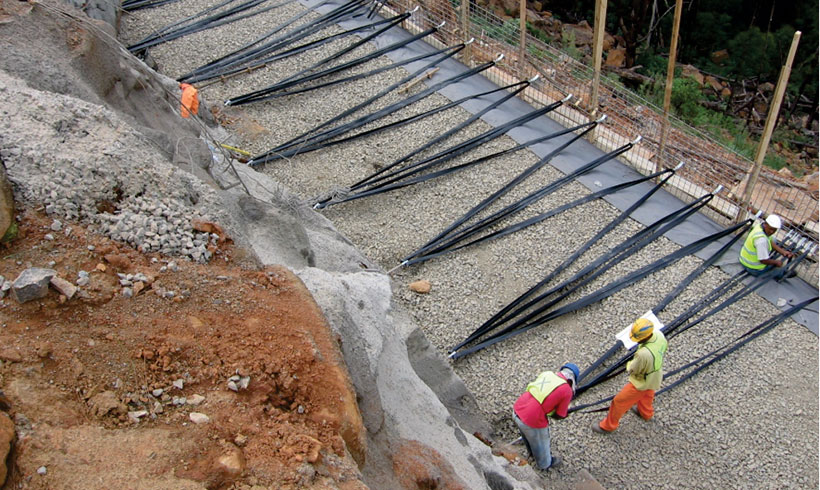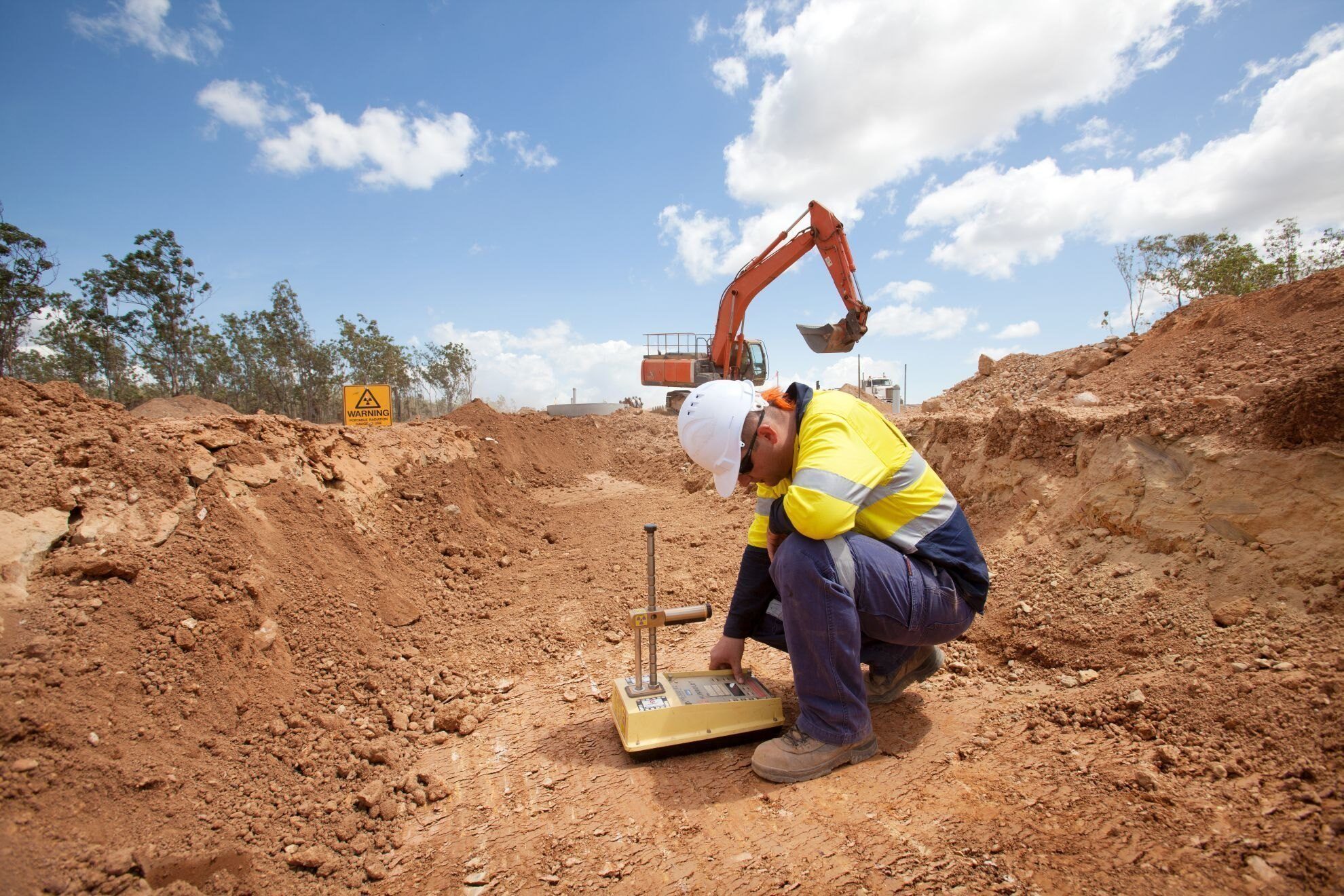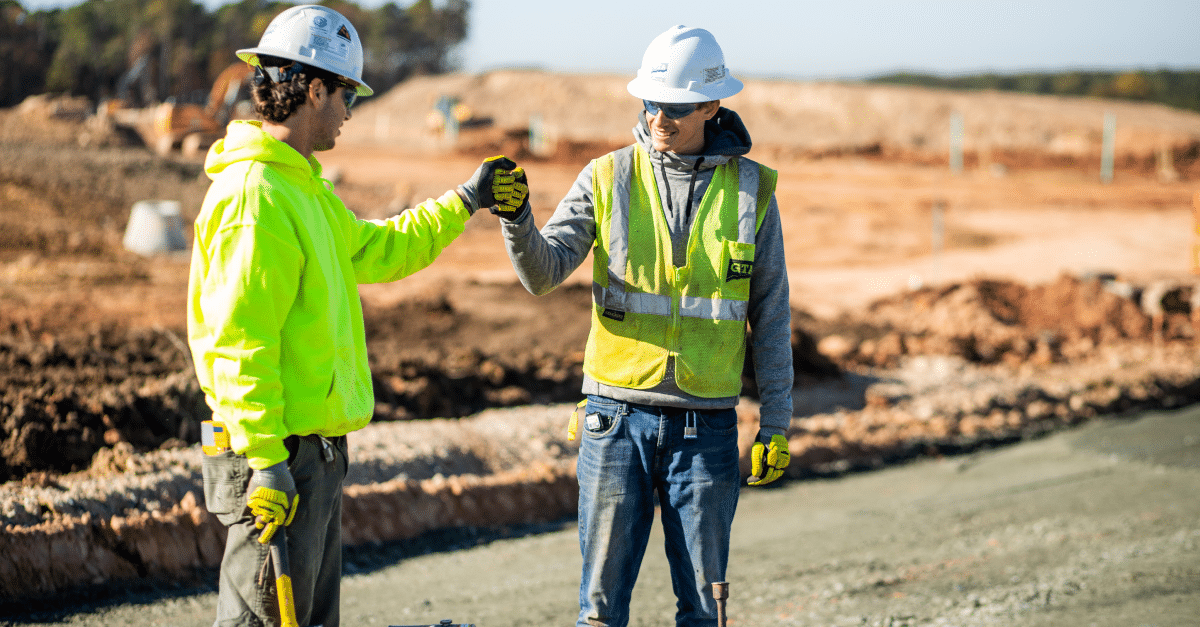Getting My Geotechnical Engineering For Construction Projects To Work
Getting My Geotechnical Engineering For Construction Projects To Work
Blog Article
A Biased View of Geotechnical Engineering For Construction Projects
Table of ContentsGeotechnical Engineering For Construction Projects for DummiesSome Known Details About Geotechnical Engineering For Construction Projects Not known Details About Geotechnical Engineering For Construction Projects Geotechnical Engineering For Construction Projects - TruthsExamine This Report about Geotechnical Engineering For Construction Projects
Throughout the examination, it is essential to pierce at the needed depth and the called for number of holes as per the recommendation of the Canadian Foundation Design criterion. Occasionally, the owner might conserve some Geotechnical Investigation price but finish up spending more than the anticipated throughout the building price.The obligations of the geotechnical specialist involve providing product testing for building support. Geotechnical Engineering for Construction Projects. Geotechnical engineers analyse all the area examination reports to make certain that building is taking place as per the job requirements. During building and construction, a confirmatory examination for dirt compaction is done on-site to make certain that no future negotiation takes place
After the concrete is poured -7 days and 28 days- tests are performed on concrete samples collected from the site to make certain that the concrete poured fulfills the design standard. Asphalt core is taken after the Asphalt is laid and compacted to validate that it meets the style standard. All research laboratory test reports are evaluated by the Geotechnical Designer to make sure that it meets the task specification.
Geotechnical Engineering For Construction Projects for Dummies

Geotechnical design plays an essential duty in making sure the security of construction tasks. Discover exactly how it impacts design and overall project success. Geotechnical engineering is an important branch of civil design that concentrates on understanding the behavior of earth products, such as soil and rock. It entails evaluating subsurface conditions to ensure that a building's structure or infrastructure is steady and protected.

For a reliable structure and a smooth building and construction process, count on to supply the expertise you require. Get in touch with to get professional advice and geotechnical solutions tailored to your next project.
Geotechnical Engineering For Construction Projects Can Be Fun For Anyone
When beginning on a land development project, understanding the ground below your feet is as essential as the structures you plan to construct above it. Our Geotechnical Engineering group analyse the ground, ensuring it is appropriate for the proposed development while giving you with the information required to meet your task goals.
Geotechnical Design considers the development of the ground, as it is the foundation for all tasks. Where frameworks need to be created with regard to the ground problems; ground problems (e.g., soft ground) may call for reinforcing depending on the size of the desired structure. Before building, you require to learn about the groundwater, dirt structure, and liquefaction probability of your land.
For sites that are not connected on the local authority framework added site investigations would be required to offer technological inputs for on-site stormwater and wastewater. We have actually experienced Geotechnical Engineers based in each workplace, supporting your geotechnical requirements nationwide. Connect to us to discuss exactly how we can sustain your next task.
These reports are customized to satisfy the certain needs of great post to read a project and include design criteria and suggestions for the building of a series of manufactured structures. As supplying working as a consultant solutions covering locations such as slope stability and load-bearing abilities for different products, these designers embark on study and advancement tasks to boost techniques, tools, materials understanding and analysis covering entire lifecycles.
Rumored Buzz on Geotechnical Engineering For Construction Projects

Nonetheless, prices of pay generally raise as your expertise and abilities grow, with guidelines indicating a graduate starting wage of in between 18,000 and 28,000 each year in the UK. This climbs to 26,000 to 36,000 with a few years of experience and after that reaching 40,000 to 60,000+ for senior, legal or master engineers.
However, with the right application it is possible to grasp the profession and gain entry to a challenging yet gratifying and crucial occupation. A geologist would certainly require to retrain to come to be a geotechnical engineer, although there is a lot of cross-over in between both careers, which could make this much easier - Geotechnical Engineering for Construction Projects. Geologists require to have an understanding of soils, rocks and other products from a scientific viewpoint, while geotechnical engineers story their understanding of issues such as dirt and rock technician, geophysics and hydrology and apply them to engineering and environmental tasks
When starting, these designers will certainly tend to service less intricate tasks, accumulating expertise and experience ready for more difficult job later. Geotechnical designers often tend to be experts in particular areas as they grow in experience, concentrating on particular frameworks such as trains, roadways or water. These engineers also collaborate with renewable resource, offshore and onshore oil and gas, nuclear power, and more.
Rumored Buzz on Geotechnical Engineering For Construction Projects
The moment required to end up being a geotechnical designer relies on where you are based, where you study and what degree of education you want to attain prior to getting in the workplace. For instance, are you going to discover an instruction, take a college level or service towards a Master's or PhD? However, generally-speaking it takes 3-4 years to get to the basic needs to begin a profession as a geotechnical designer.
These operations enable professionals to assess a host of dirt mechanics consisting of weight, porosity, void-to-solid bit ratio, permeability, compressibility, maximum shear toughness, bearing capacity and i was reading this contortions. If the structure needs a deep structure, designers will use a cone penetration examination to estimate the amount of skin and end bearing resistance in the subsurface.
When examining an incline's balance of shear stress and anxiety and shear stamina, or its capacity to hold up against and undergo movement, rotational slides and translational slides are typically considered. Rotational slides fall short along a bent surface area, with translational slides occurring on a planar surface area. A professional's goal is to establish the conditions at which an incline failure could occur.
Often, findings suggest that a site's soil should be dealt with to improve its shear strength, rigidity and permeability prior to style and building. When it comes time to lay out structure plans, professionals are significantly concentrated on sustainability, more particularly just how to reduce a foundation's carbon footprint. One method has been to replace 20 percent of a structure's concrete with fly ash, a waste item from coal fire power plants.
Report this page